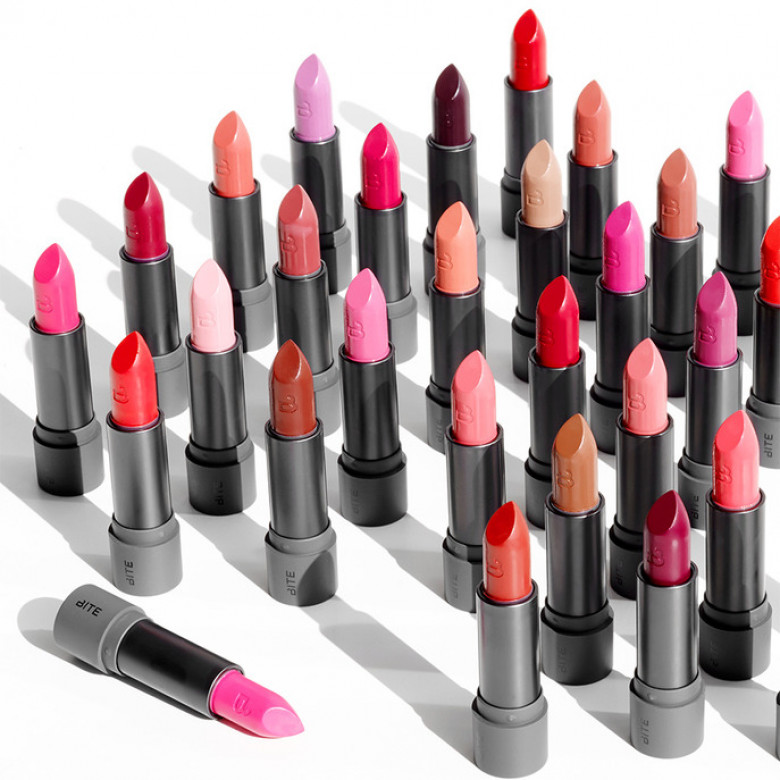Have you ever thought about what really goes into your lipstick?
Despite claims that a woman eats seven pounds of lipstick in her lifetime, I'd always had a devil-may-care attitude re: lip color ingredients. That is, until last month when I slipped on a white lab coat, visited Bite Beauty's factory in Toronto, and learned precisely how lipstick from the brand's new 32-piece Amuse Bouche Collection gets made.
The experience was a callback to high school chemistry class, except this time around I was actually *interested* in each step of the process as opposed to relying on my lab partner do all the heavy lifting (Sorry, George!).
Here, find a mesmerizing breakdown of how meticulously measured crushed pigments, essential oils, and more become luxe tubes of lipstick shades like "Honeycomb" and "Beetroot."
STEP 1: MILLING THE PIGMENTS
Unlike most beauty brands, all of BITE's pigments are milled in-house using a triple roll mill. Milling in-house gives the brand complete control over shades and allows them to be quick to market with trendy shades. In fact, they're able to formulate a shade as close as eight weeks before launch. Being so close to the action also allows them to tweak shades to add dimension that you might not find in other lipsticks.
STEP 2: COMPOUNDING THE BASE
This is where they combine all the waxes, butters, and oils together to create creamy, hydrating lipsticks. All of their batches are made in small lobster pots for no more than 3,000 lipsticks at a time. They melt these ingredients at a low heat in small batches to preserve the efficacy of the ingredients. Once there's a base, they add the scent and flavor. For Amuse Bouche, they added 6 different essential oils to create the various notes within the final scent profile.








































































